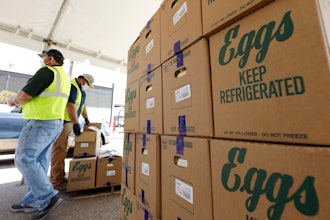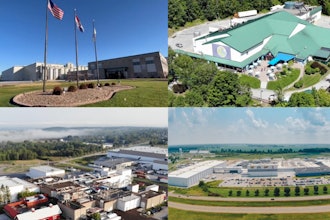Accidents remind us to stay on our toes. If you get into a fender bender as you’re auto-piloting yourself back home (while simultaneously talking on your cell phone and eating countless handfuls of trail mix), you’ll probably be a much more vigilant driver for at least a few weeks post-accident. Within about a month, however, you’ll likely find yourself daydreaming during your commute, making a call to dispute that overcharge on your water bill and reaching into yet another bag of trail mix.
What gives? It seems that, as humans, we are excellent at temporary learning: The art of correcting potentially reckless behavior after some event shakes us up, but then quickly reverting to our careless ways. This tendency does not only present itself during workers’ commutes; it also follows workers into the factories where they work. Plant leaders and workers alike can easily get so comfortable in their repetitive daily routine that they forget to stay vigilant.
About 101 years ago, the Triangle Waist factory fire killed 146 workers who were crammed into a crowded upper-floor factory with only one fire escape. The factory was in no way prepared for a fire — doors, which were sparse to begin with, were locked to stop thieves, and the workers were only able to access a few buckets of water to douse the fire. After the fire, government leaders, appalled by the disaster, helped order New York workplace safety standards, and other states followed suit.
These standards helped kick-start an era of safer workplaces and safer worker practices. Yet, in the many years following the Triangle disaster, countless other factory fires, explosions and other safety incidents have occurred. Some of these disasters were unavoidable, but others could have been prevented. Despite the original safety regulations implemented after the Triangle fire, many of the same mistakes have been repeated, often leading to unnecessary tragedy.
Are factories safer today than they were in 1911? Most definitely — but that doesn’t mean that we can let our guards down. Regulations are useless if they aren’t followed, and safety rules and guidelines must constantly evolve to keep up with new manufacturing processes and new materials. It is important for plant leaders and workers to fight the tendency toward temporary learning and remember that vigilance can help us avoid the mistakes of the past. Every worker is blessed with the ability to create a safer workplace.
Next time you get home and realize that you barely remember the car ride, try to disarm your auto-pilot setting. Keeping your guard up in every situation, no matter how familiar that situation may be, is always the safest bet.
What do you think? Please let me know by emailing me at [email protected] or commenting below!






















